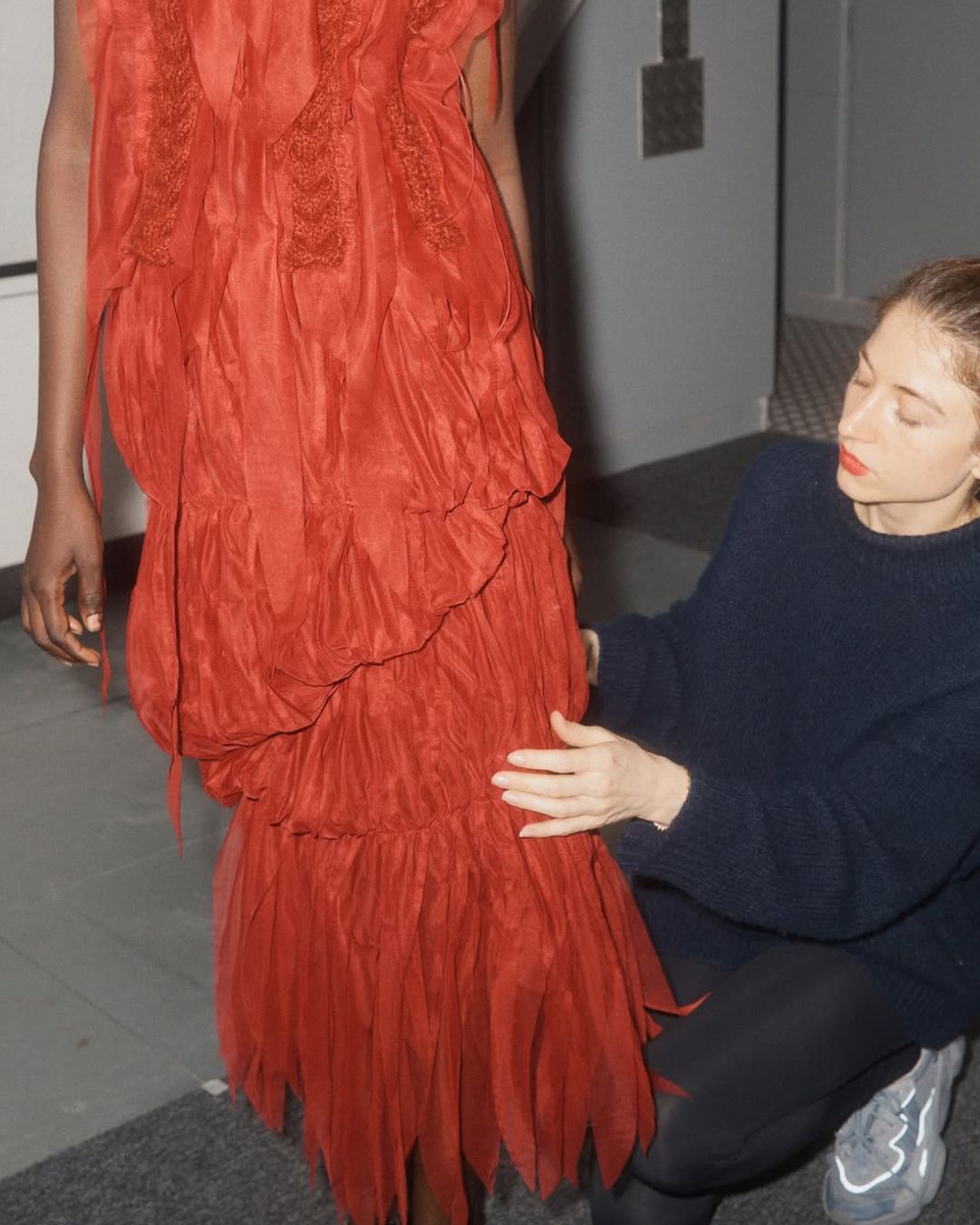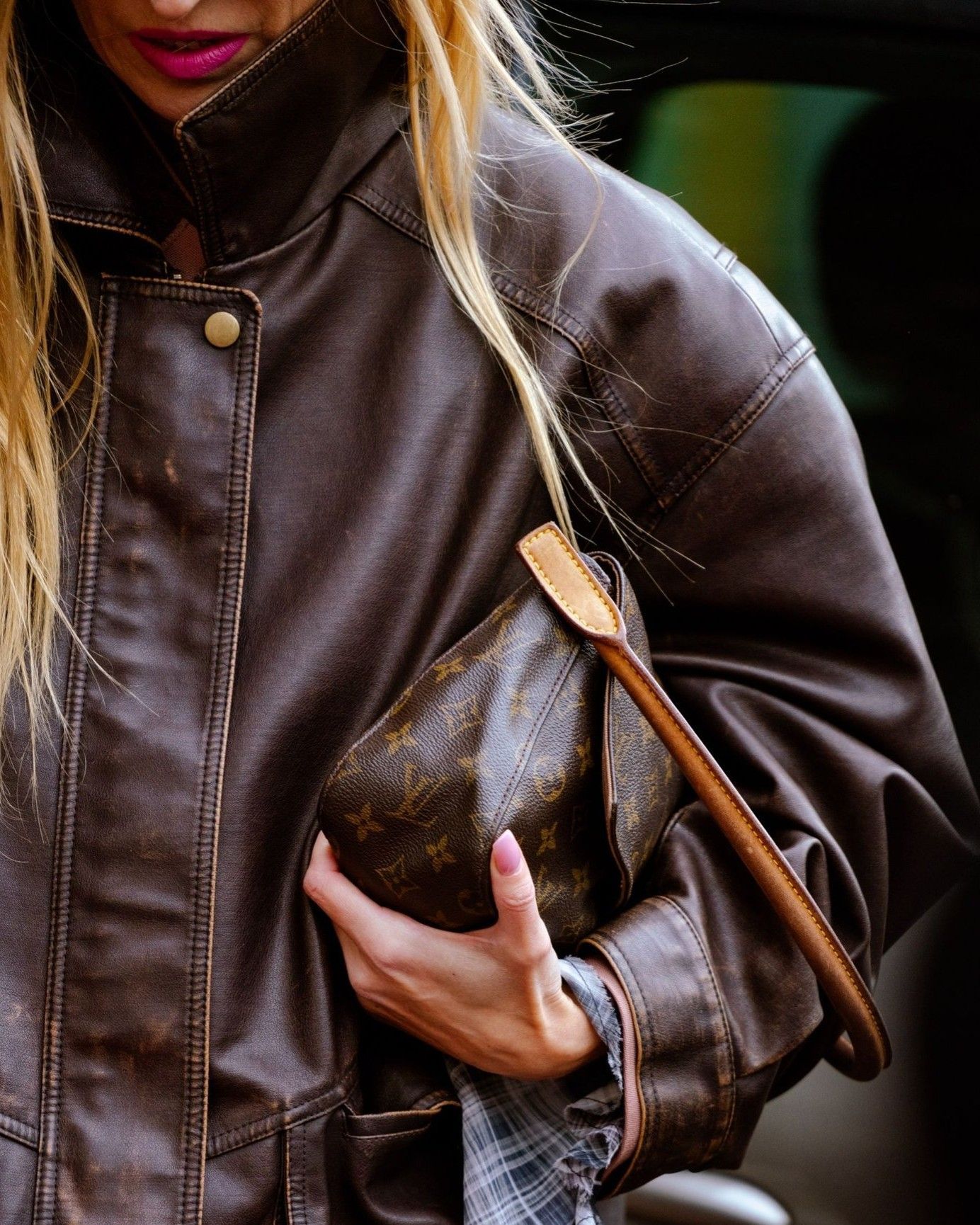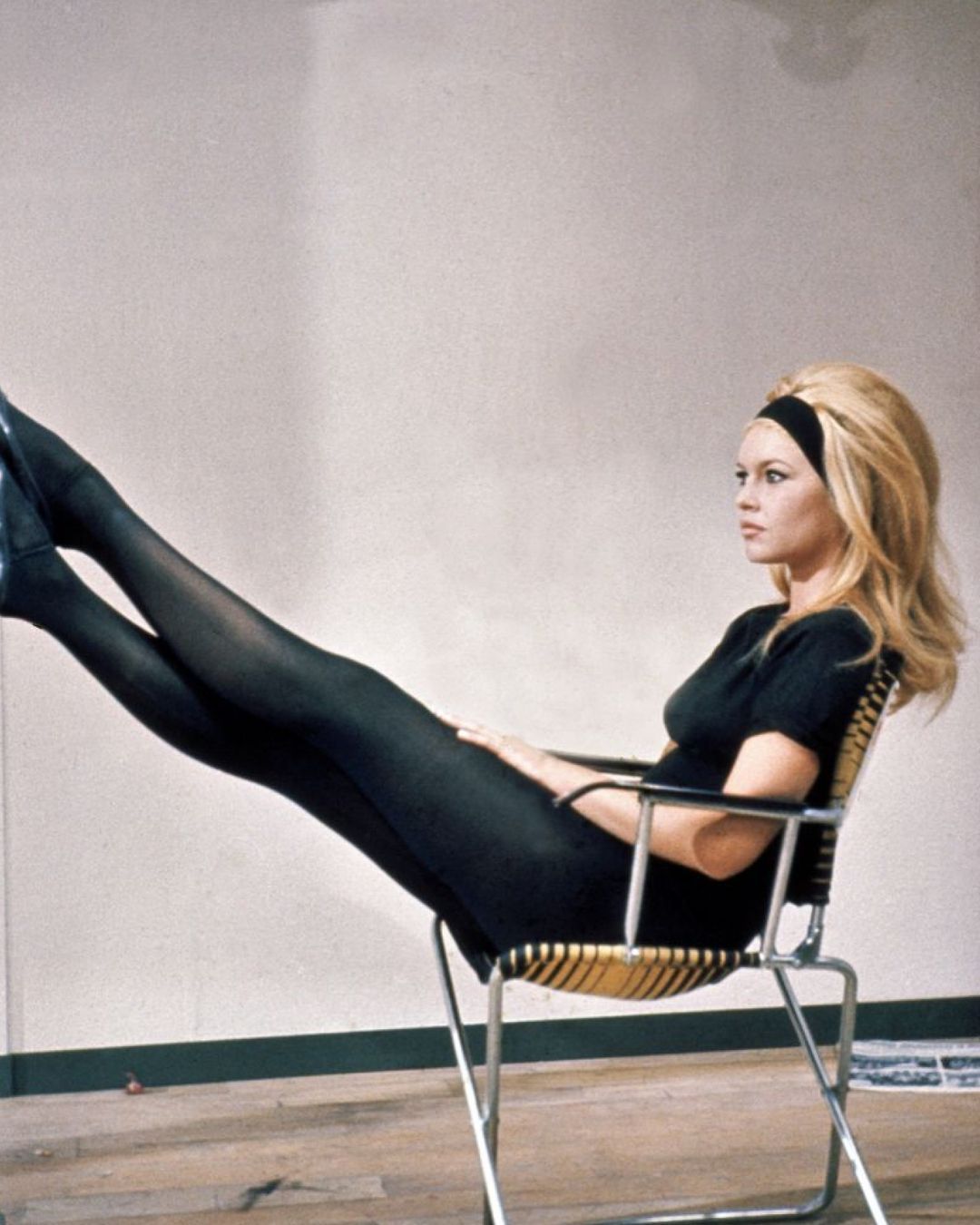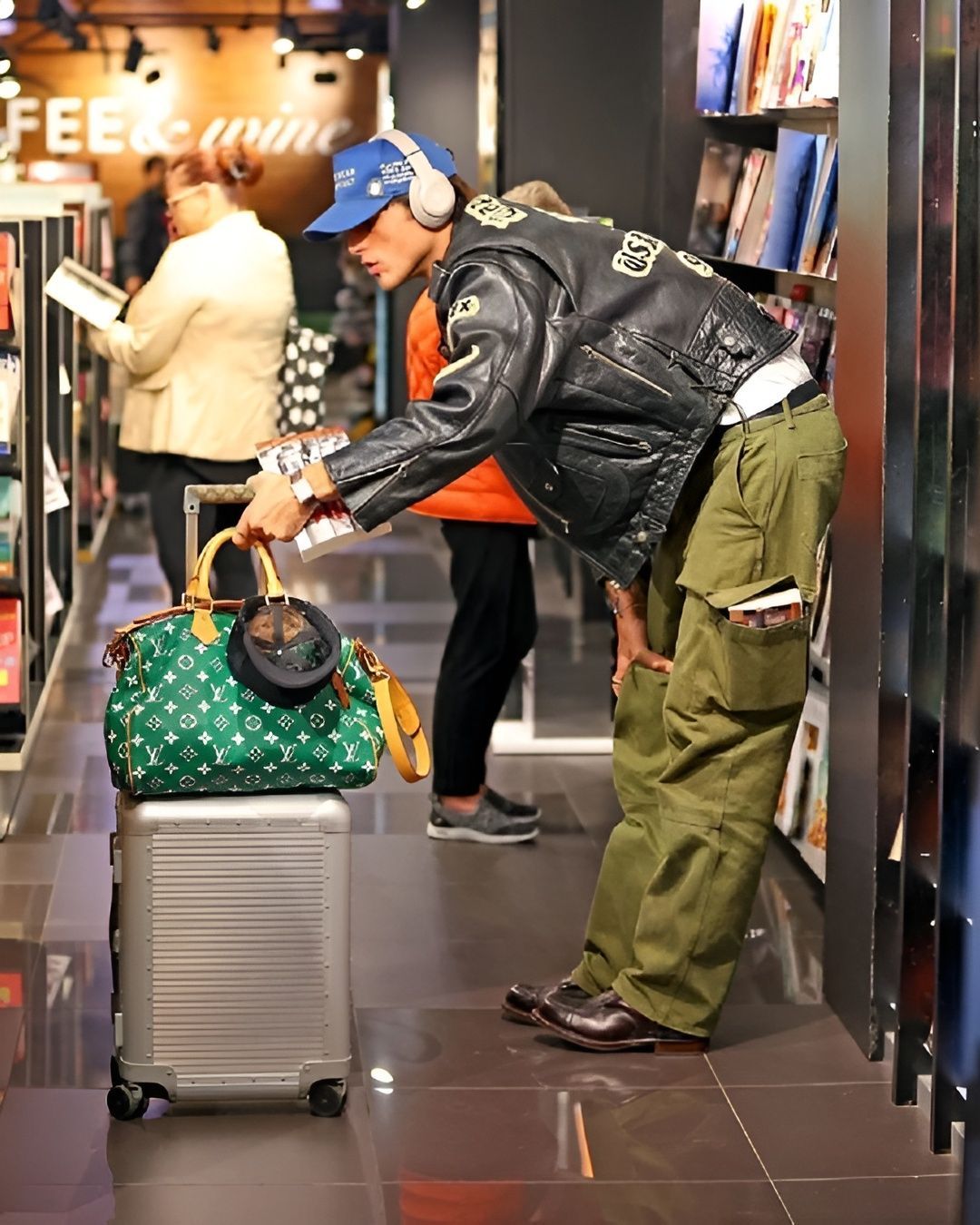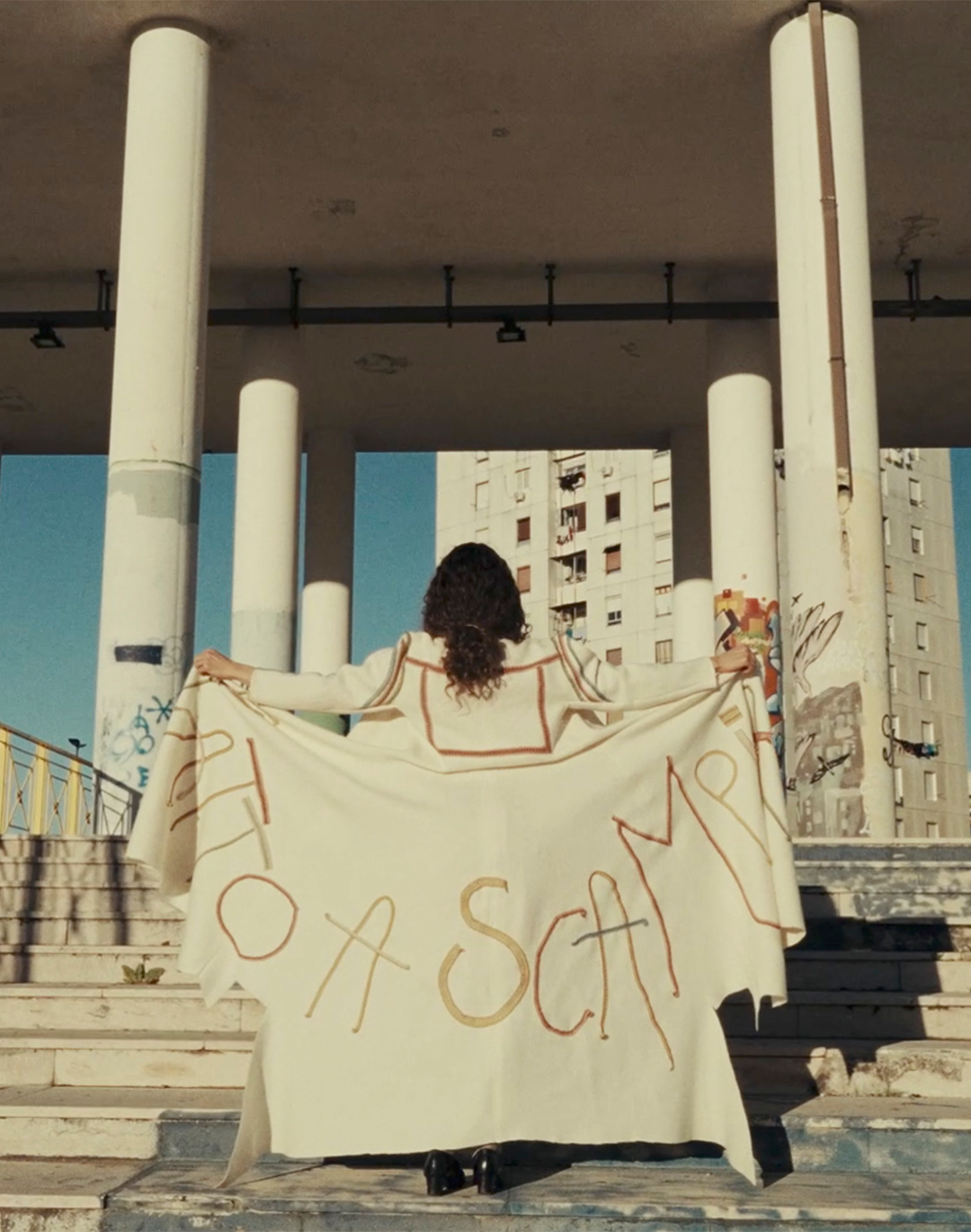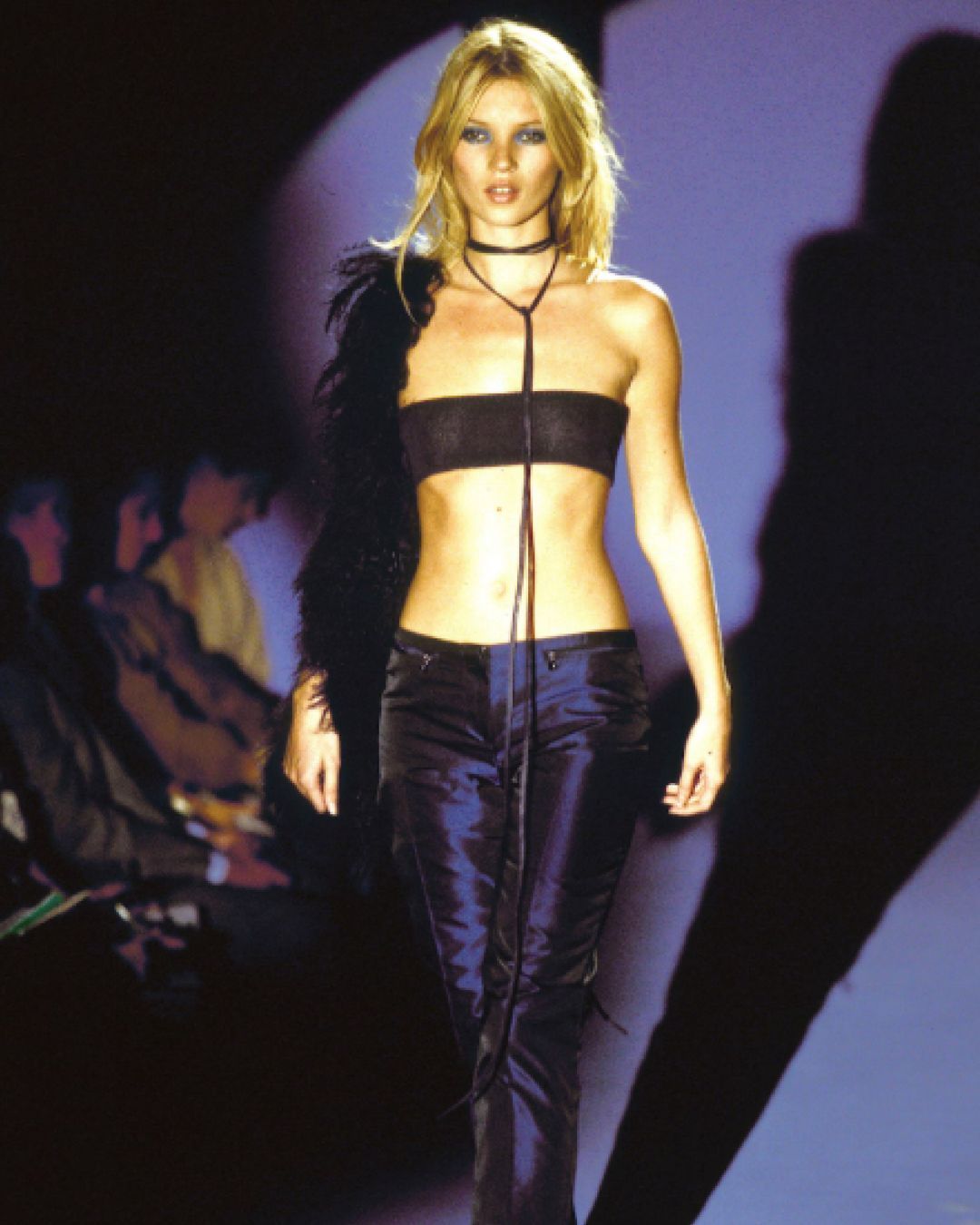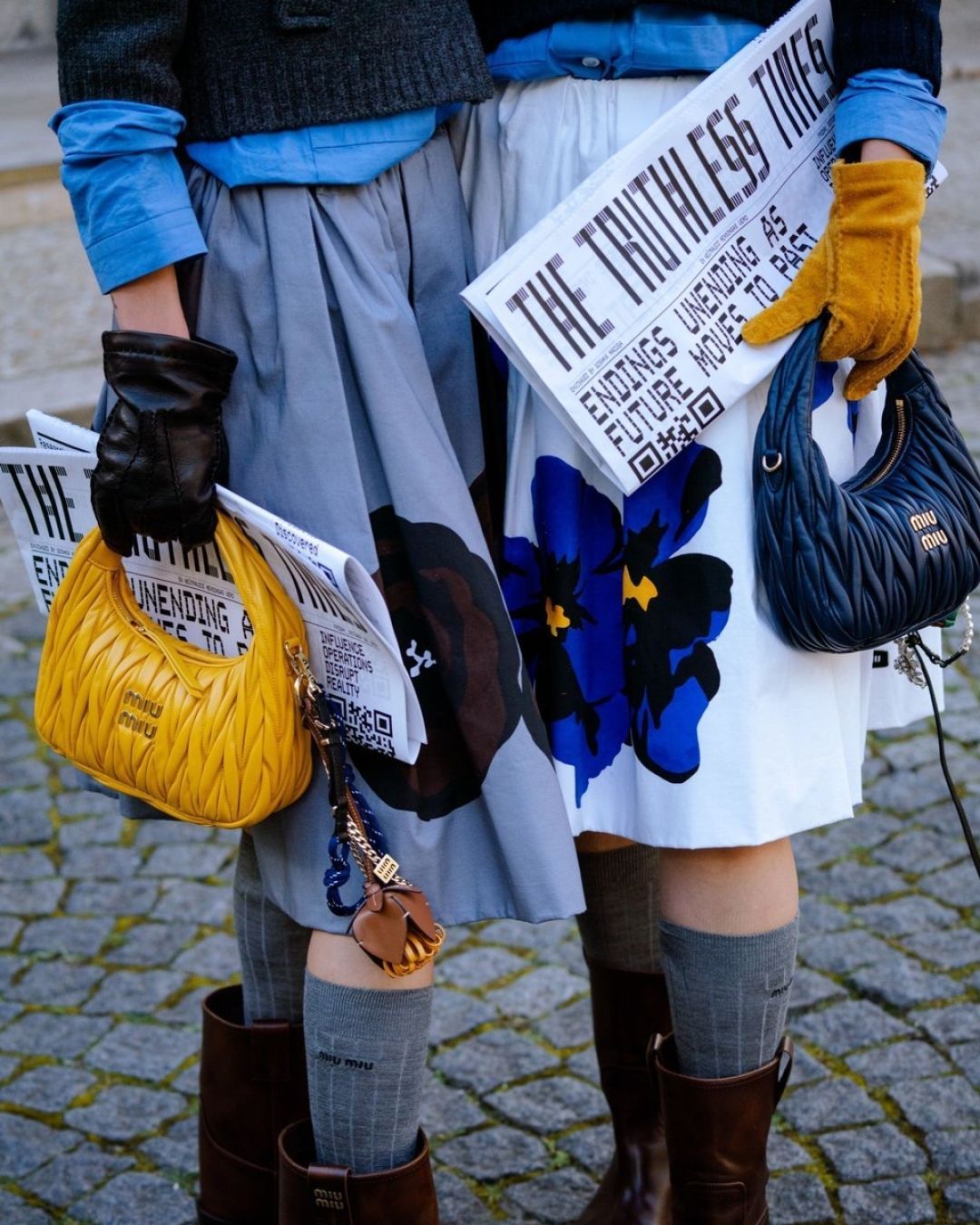
In 2025, consumers are way too stressed The newest Kerney Report shows how sociopolitical factors influence consumption habits
The recession, the war, another war, and then yet another one (this time economic). Far-right governments, mass deportations. In short, maybe things were better during the pandemic, as this first half of 2025 seems to suggest. While fashion remains a powerful tool for escapism, social, political, and economic upheavals are directly affecting the vast majority of spending individuals, who have been feeling increasingly under pressure since the beginning of the year. This is confirmed by the Consumer Stress Index by the Kearney Consumer Institute, which reports a nearly universal increase in stress across major global markets in the first quarter of 2025 compared to Q4 2024. At the same time, however, looking more closely at the data collected in the United States through a survey conducted in late March, a slightly more stable picture emerges. U.S. consumer stress levels remained virtually unchanged compared to the same period last year. Retail sales in February 2025 also saw a +3.1% year-over-year increase, a figure that, adjusted for inflation (2.8%), reflects nearly flat growth but is still in line with the sentiment recorded. Timing, however, is key, since the interviews, as the report itself points out, were conducted before the onset of Trump's tariff frenzy. But it is precisely trade tensions that are emerging as one of the most significant and rapidly growing sources of stress. If in the third quarter of 2024 only 36% of consumers feared a personal impact from trade disputes, by the first quarter of 2025 that number had risen to 54%, a sign that the presumed resilience is now clashing with a new wave of uncertainty driven by international economic policy.
I don't care what anybody says, being financially stable eliminates 90% of your stress.
— (@fwtimini) June 13, 2025
Among the most affected segments are footwear and apparel, where consumption contraction had long been expected, but also essential goods like groceries. After a 2024 that saw a clear downturn in the luxury sector — long considered immune to economic cycles — 2025 has started to show clear signs of slowdown in ready-to-wear and even fast fashion, as shown by the latest financial results of Inditex and H&M. Consumers' approach is reminiscent of the pandemic era: purchases are postponed until strictly necessary, extras are avoided, and functionality is favored over aesthetics. As a result, many brands — especially those in the mid-price segment — risk being squeezed between rising production costs and consumers’ reluctance to spend, a trend already pointed out by Steve Madden in recent months. By contrast, sectors like grocery and beauty, while also under economic pressure, are restructuring more gradually. While the grocery basket becomes more essential, beauty shows a clear preference for household names, leaving less room for impulsive purchases.
@kamironx I saw a girl make a tie dye cut out shirt and pair it with leggings and someone comment “thats so creative i never thought of that before”… we’re in danger. #recession original sound - kamiron
Looking ahead, there aren’t many signs of relief on the horizon. Consumers will continue to grapple with job insecurity and the increasingly unsustainable cost of living. After six years spent navigating a pandemic, inflation, and chronic instability, the collective tolerance threshold seems to be running out. The impulsive and borderline reckless spending of the post-COVID era — fueled by micro-trends on social media and a temporary sense of freedom — now risks becoming just a memory. The Index confirms this too, painting a picture of a consumer base that’s tired, cautious, and increasingly selective. And a look at the world’s major markets is enough to understand that the mood is more or less the same everywhere. In Japan, consumer flexibility remains high, helped by strong domestic demand and a robust yen, but stress related to geopolitics and fast-paced innovation remains constant. In the UK, people are worried about their wallets, politics, and food security; in short, political optimism has risen slightly, only to be quickly dimmed by reality. In Germany, the mood is even more tense: geopolitical stress dominates, and spending power keeps shrinking. The bottom line? We’re all too stressed out, and shopping therapy doesn’t work anymore.




